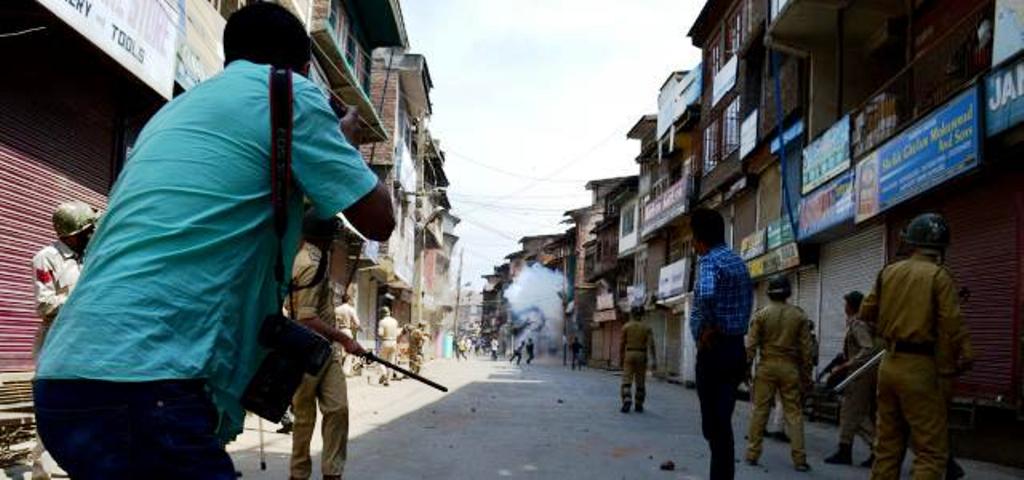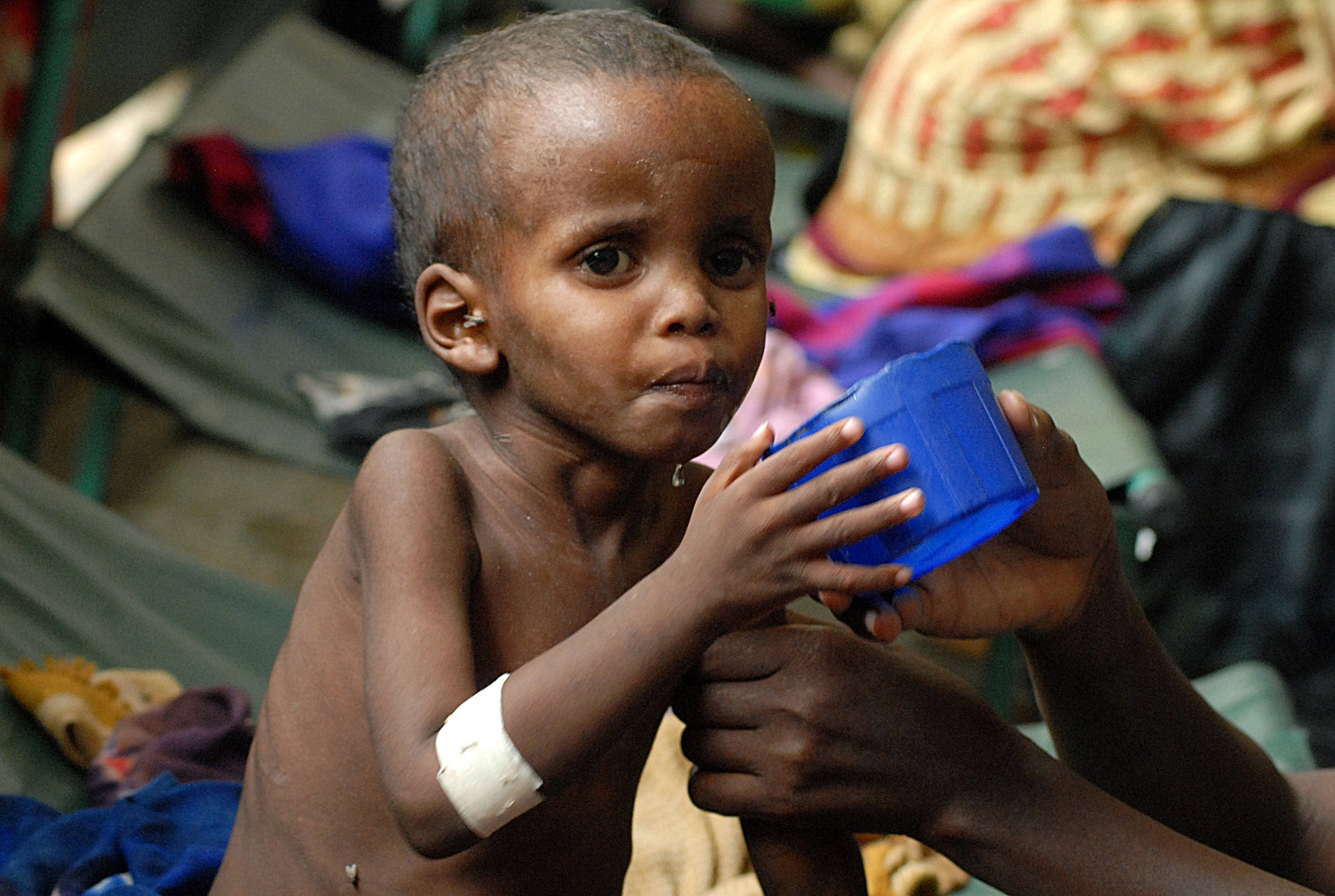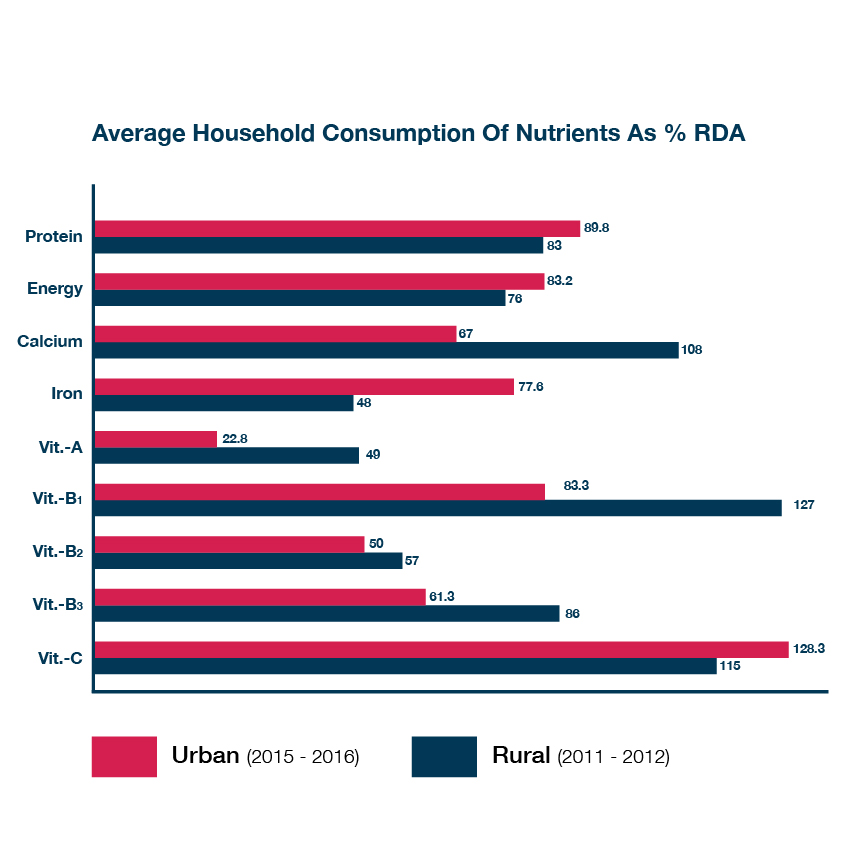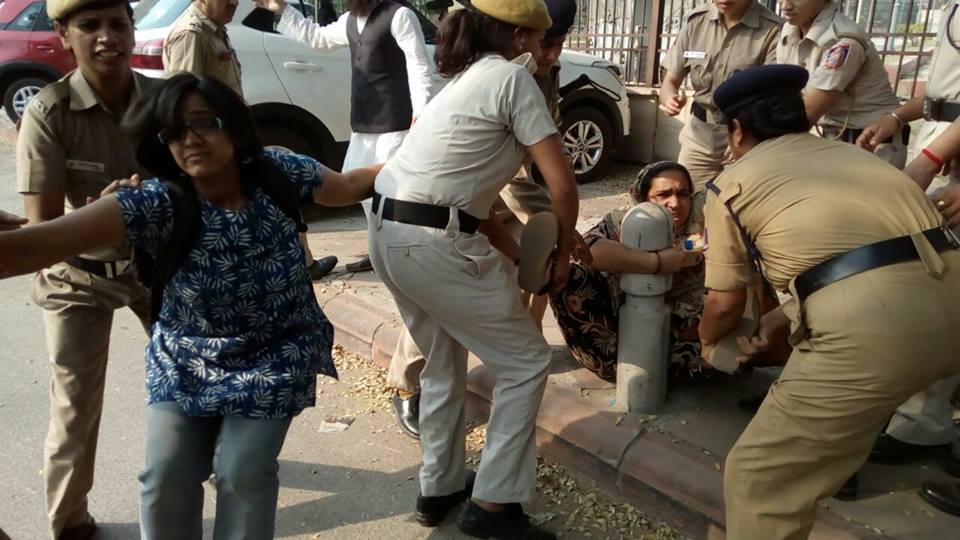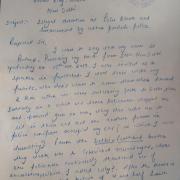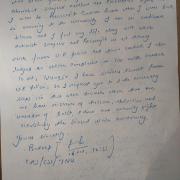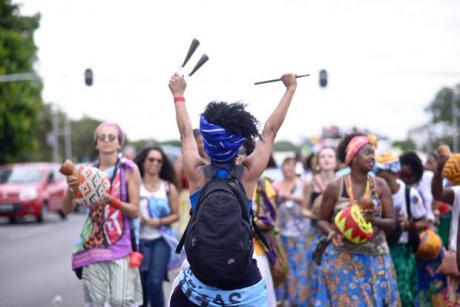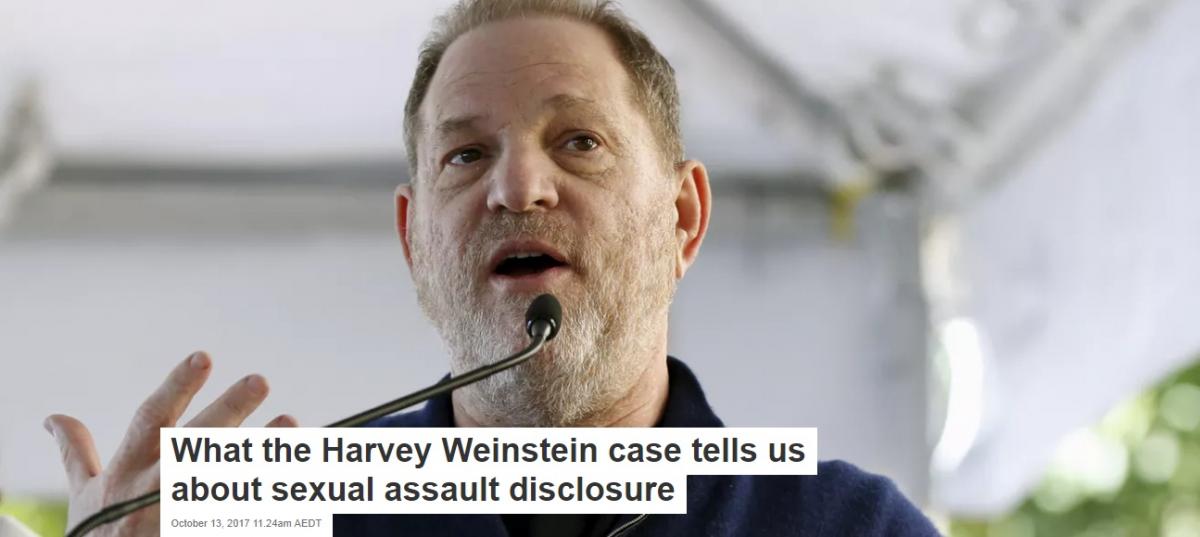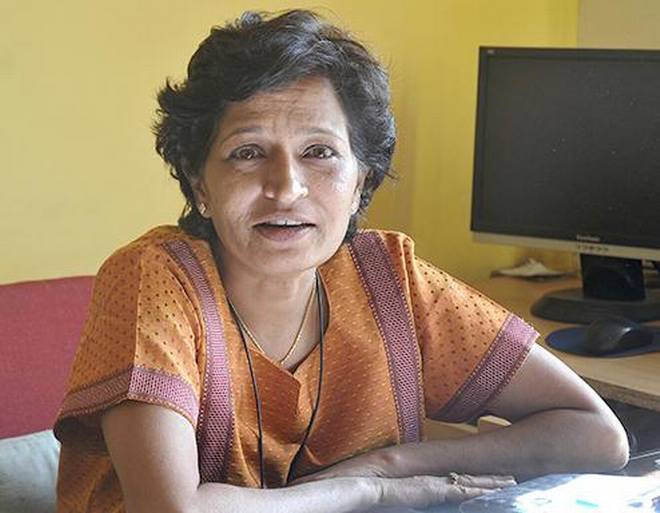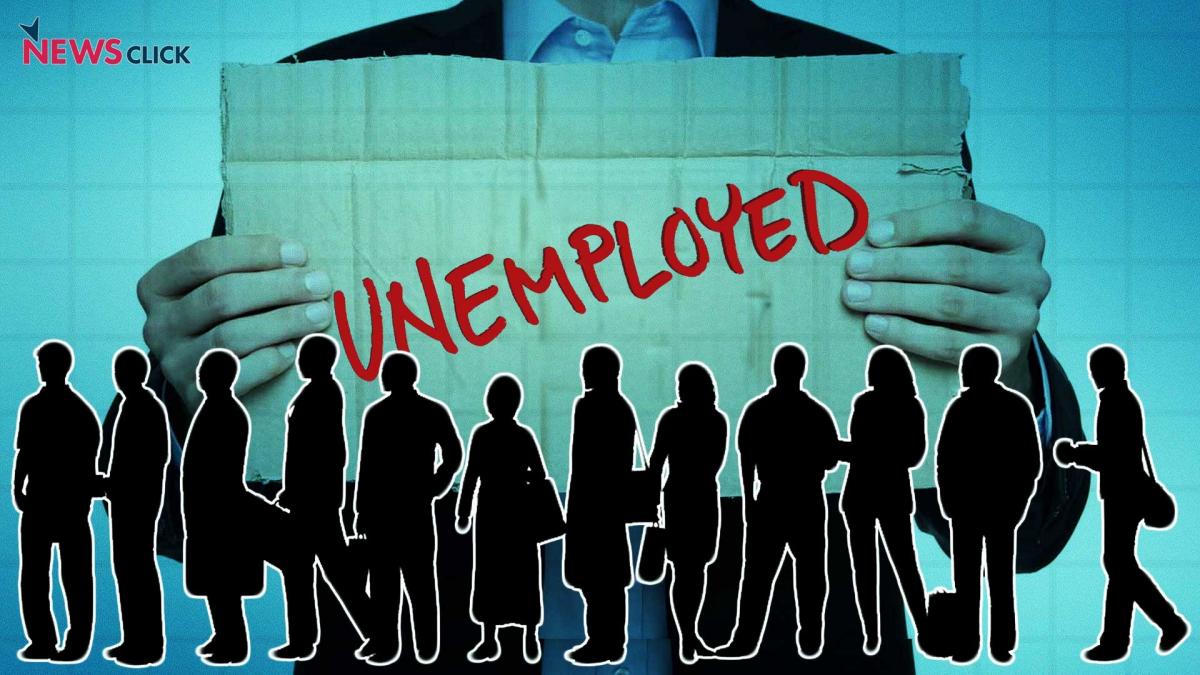This is a story from my childhood. My mother told me this story. I do not remember the reason why she had told me this story; nevertheless, as I grew up, this story encouraged me to face the real world. This is the story:
Prophet Muhammad had just started to spread his thoughts and ideas in Mecca. He was mostly all by himself. Some called him mad and some even physically attacked him. He was a subject of laughter for everyone. On the other hand was Aboojhal (His real name is Amra Bin Hishaam), a relative of the prophet and the leader (Nayaka) of Mecca. Aboojhal was waiting to teach Muhammad a lesson and had even decided to kill him. The bullies in Mecca never let go of a chance to bully him.
One of the days, few men who were infamous as rowdies of Mecca were discussing Muhammad’s thoughts and struggle, and were laughing at them. A poor worker passing by this group; he complained about a problem he was facing with Aboojhal. The poor worker claimed that the richest of the rich of Mecca, Aboojhal, was refusing to pay him. He was also threatening the poor worker. The poor worker requested this group to help him in recovering his money from Aboojhal.
Everyone in this group was strong and influential. None of them wanted to involve themselves in the problems of this poor worker; they didn’t want to speak against Aboojhal — this poor worker — of all people. They were about to shoo him away, but one of them went up to the poor worker and said: “Look there, do you see a man sitting there alone? Go and speak to him; he would definitely help you in recovering your money from Aboojhal.” The poor worker believed this and started moving towards Prophet Muhammad, who was sitting there alone.
The group was eagerly waiting to make fun of both the poor worker and Muhammad. The poor worker, as was instructed, met Muhammad and explained his problem to him. Upon hearing this poor worker, Muhammad held him by his arm and started moving towards Aboojhal’s house. As soon as they reached Aboojhal’s house, Muhammad knocked the door. Aboojhal was surprised to see both of them standing together: Muhammad, the one whom he was waiting to kill, and the poor worker to whom he owed money. Muhammad just said one thing to Aboojhal: “Give him the money that you are supposed to give him”. On hearing this, Aboojhal went inside his house and returned with the money he owed the poor worker, as if he was struck by some magical words. On getting his money, the poor man, along with Muhammad, returned from Aboojhal’s house.
The disappointed bullies of Mecca went to Aboojhal and questioned him on what had just happened. Aboojhal apparently had told them that, he saw two lions on both the sides of Muhammad’s shoulders roaring at him.
I do not know if there actually were two lions on the shoulders of Muhammad, but Muhammad was illiterate, an orphan, physically weak, and, most importantly, alone. Aboojhal feared Muhammad’s just thoughts. I learnt from this story that the biggest strength that any human possesses is just, moral values. When I started reading Gandhi, the above story unfurled itself in different shades and I learnt the deeper meaning of that story.
The human being who lives a life of discomfort tries to handle his weakness with the help of police, money, physical strength, followers, and Brahmanism. They try to save themselves by using the power of these structures and systems. Sometimes, they try to hide themselves behind their knowledge and wisdom; but they live a life fearing honest people who dedicate their lives struggling for justice. If this was not true, Ghodse wouldn’t have felt it was necessary to assassinate an unarmed, old and saintly Gandhi. Gandhi’s simple personality and fight for justice had made him outwit Nehru’s words, Vallabhai Patel’s strength, and Balagangadhar Tilak’s excellent oratory skills.
In a similar way, it was her ethical and moral stand that helped Gauri outgrow P. Lankesh’s intellectual personality. She was emotionally lonely and physically weak. Neither was she celebrated for her excellent oratory skills, nor was her writing exceptionally intellectual. But Gauri knew one thing: a good speech or excellent writing could not save an innocent person from being attacked on the streets. Knowing this, and believing in this, she had learnt the importance of not being a bystander to any form of oppression or violence. Pushing oneself to say “Stop it right now!” was the most important thing for her.
Gauri was trained to be a journalist in English. She wasn’t very fluent in spoken Kannada, and she would struggle to write in it. Her decision to step out of English language journalism and take over Lankesh Patrike, and to write in Kannada, shocked many. Most of them were not sure about her capabilities. Some even wondered how would a person who found it difficult to speak in Kannada would be able to write in it. Gauri’s simple, and yet straightforward approach, was an answer for all these questions that were floating around her decision. She chose to write and speak in the language that the people she was fighting for understood. She discarded a literary language. She wrote in the same simple, non literary language that the Vachanakaras of the 12th century wrote in. The demands made these days are simple and straightforward, and Gauri’s simple language became her strength. Her simple speech was the need of the times she was fighting in.
Even though she belonged to the Lingayat community, she never adored any of the physical markers of a Lingayat. Her source of inspiration and a guide in her struggle was Basavanna. She had understood the Lingayat religion and followed it more closely than any swamiji. She took the ongoing Lingayat movement in the state of Karnataka very seriously. The way she lived, her fearlessness, struggle, and even her death, is a representation of a lifespan of a true Sharane.
People who read and admired Lankesh Patrike had said, “Lakesh’s tabloid has become as weak as his weak-looking daughter.” She proved them wrong though. The way in which she lived her life, and now her death, have proved them wrong. When the journalists and editors of prominent media organisations in the state moved around with their gun men, Gauri Lankesh fought armless. Even Gandhiji was protected by his title of Mahatma, but this mother called Gauri lacked such protections too. This is probably why the murderers had to shoot seven bullets to kill her. The murderers might have realised that they couldn’t kill Gauri even after shooting seven bullets, because Gauri is no longer limited to Karnataka, as she was when she was alive. She is now in every nook and corner of this country. In her death, she stands as a more difficult question to the forces that aim to destroy peace in this country.
Translated from the original Kannada by Yogesh S
